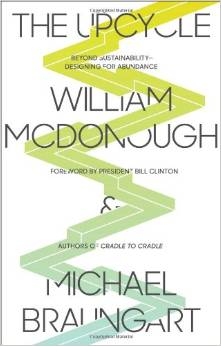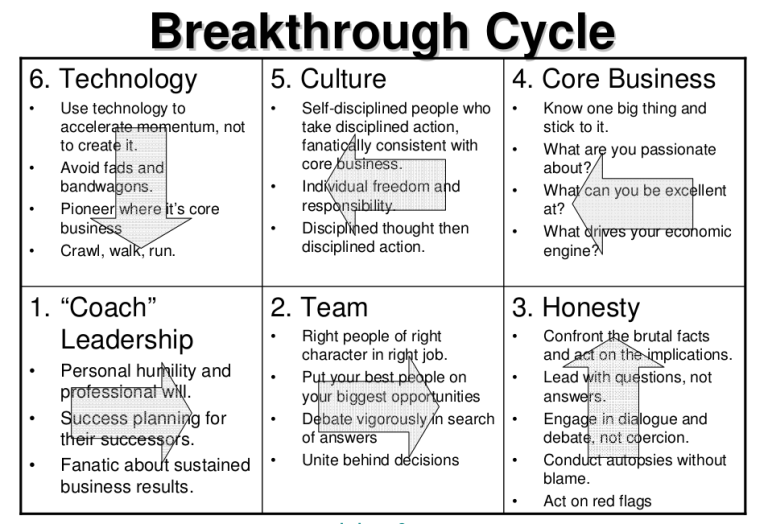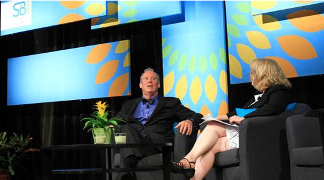Powerful conversational practices for smart sustainability professionals
“It is through conversations that we interact with each other, coordinate actions and get things done. Conversations underpin and accompany everything we do, and what we do and do not accomplish.” Alan Sieler, ‘Coaching to the Human Soul. Volume 1’ p.249
Getting things done in the world – and particularly in business – happens through conversation. Yet how many of us have been trained to understand and use conversations well? When did you get taught the basic building blocks of language or the different types of conversations and how to combine them?
 Whether you want to influence business leaders, deliver a successful project or organise a dinner party, understanding key types of conversations, their content, structure and purpose can help us communicate more effectively and be more successful.
Whether you want to influence business leaders, deliver a successful project or organise a dinner party, understanding key types of conversations, their content, structure and purpose can help us communicate more effectively and be more successful.
Some key types of conversations
Thanks to the development of fields such as ontology and linguistics over recent decades, we can understand different types of conversations and how to utilise them. The ability to engage in effective conversations is a foundation skill for sustainability advocates, wherever they operate.
Conversations come in a range of types that we fit together to achieve better results. There are four common conversation types that – when organised in a specific sequence – can make a big difference to getting things done in the world. These four basic types of conversations are:
- Conversations for stories and opinions – where we describe how we see the world – what it should be, what it shouldn’t be and what it could be. Many sustainability conversations can get stuck in this space – how terrible the future will be, how selfish consumers are, how greedy business is, what government should do…
- Conversations for clarity – where we move beyond our personal interpretations and opinions to develop a shared understanding of what we want to get done, why it is important and how it can be done. These are the most under-utilised conversation type, particularly when there are different points of view and strong emotions involved, yet the shared understanding they generate is critical for effective cooperation.
- Conversations for possible action – speculative conversations where we explore an imagined future reality. The power of these conversations are in the courses of action that emerge once a possible new future is described. The book Natural Capitalism begins: “Imagine for a moment a world where cities have become peaceful and serene …” Generating and participating in speculative conversations is an indispensable competence for smart leaders.
- Conversations for coordination of action – conversations to 1) set a context; 2) establish commitments; 3) confirm delivery; and 4) assess our results. Being skilled at making and managing commitments is central to our performance and productivity. If you can’t coordinate action then your ideas will stay ideas, regardless of how good your intentions are.
Understanding and utilising these different types of conversation appropriately will enable you to be a smarter, more effective performer. Take some time to think about projects you’re working on and what types of conversations are occurring (or not occurring).
Conversational fallout…
Some conversations never move beyond the level of stories and opinions. There’s nothing wrong with a good story or a strong opinion and often when we share our stories we hear how we’re thinking and understand ourselves better. Speaking our truth can clarify our feelings and identify the concerns that underlie them. It’s getting stuck in our stories and opinions that can be limiting – if we can’t move onto dealing with our concerns and designing better outcomes then we can end up feeling frustrated, hopeless and resentful.
The most under-utilised conversation is the conversation for clarity. Yet if we haven’t clarified the facts, the opinions and the underlying – and often unspoken – concerns held by those around us, then we end up dealing with symptoms rather than root causes (and dealing with them over and over and over again).
Cooperation is also built on a shared understanding of the results we’re working towards. If we haven’t explored what’s possible and agreed on the outcomes we are working towards then our actions won’t be as effective as they could be. Worse still, those around us will see our actions without our intentions and interpret them in unexpected ways. The most essential ingredient for cooperation is trust – and without agreement on actions and outcomes it’s all too easily broken.
How well are your conversations working?
Are there conversations you aren’t having? Are there conversations you’re getting stuck in? Innovation adoption is all about having effective conversations – what do you need to learn? Three of our favourite references are:
- Coaching to the Human Soul, Volume 1 by Alan Sieler
- The Third Alternative by Stephen Covey (Vale, Stephen)
- Fierce Conversations by Susan Scott
If you don’t have time for reading and you want to get on with doing it now then find out about our innovation and communication programmes, including the coaching programme Conversation Skills for Change-Makers.





